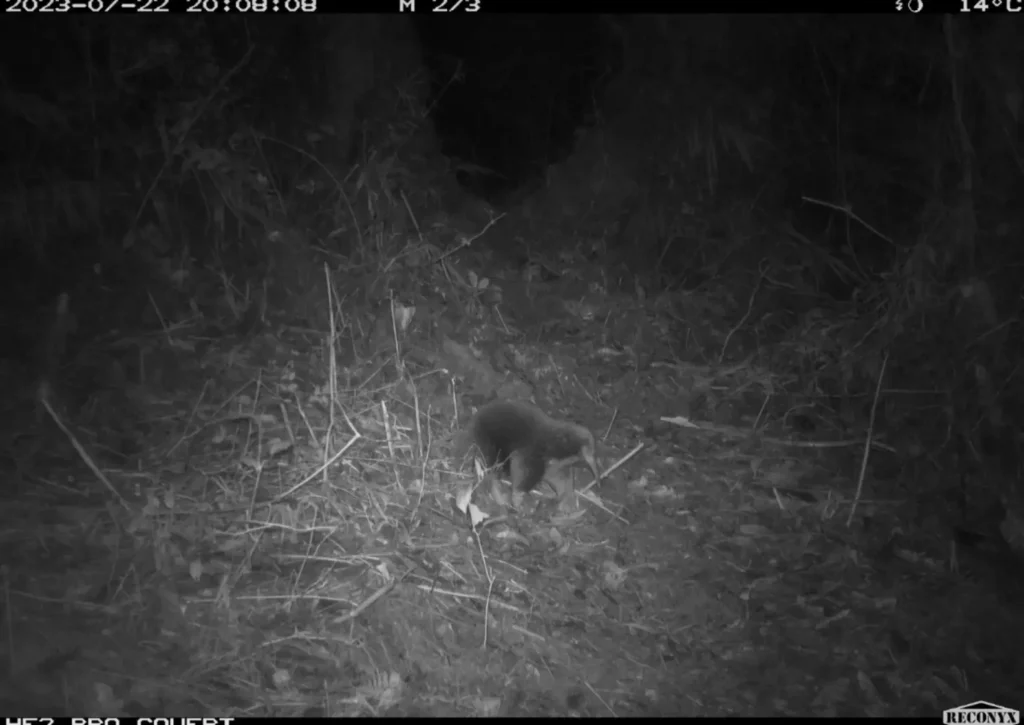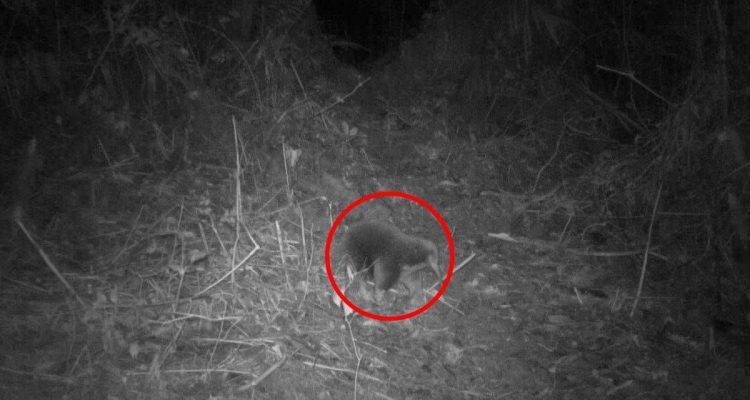When animal researchers set up their wildlife cameras, they usually hope that they will be able to take a rare snapshot.
This is exactly what happened to a team from Oxford University travelling in the Cyclops Mountains in Indonesia.
When the researchers view the images, they have no idea what an extraordinary discovery awaits them.
A real sensation
A small, spiky animal marches calmly through the night. It probably doesn’t even realise that the researchers‘ wildlife camera has been switched on.
Why should it? After all, it has no idea that it is a real sensation that is causing the researchers at Oxford University a great deal of excitement.
And it certainly doesn’t know that it has been considered extinct for over 60 years.
The joy is great
The researchers can hardly believe their luck. When Dr James Kempton sees the images on his laptop for the first time, he is overjoyed.

He runs into the living room of the base camp to his Papuan colleagues and cheers:
„We’ve found it, we’ve found it.“
They have discovered an animal that was thought to be extinct: an Attenborough’s long-beaked echidna.
And not only that, they have also taken the first photograph of an echidna in the wild.
Echidnas are small spiny animals that belong to the cloaca order. This is a classification for mammals that lay eggs.
There are thought to be five cloacal animals: the platypus and four species of echidnas.
There is still much to learn
The sighting of the Attenborough’s long-beaked echidna, thought to be extinct, is an extremely positive development for this unique species.
There is still much to learn about this long-hidden echidna and scientists are eager to continue their studies.
„The rediscovery of Attenborough’s long-beaked echidna is a significant addition to the unique and fragile evolutionary history of egg-laying mammals,“
explains Dr Kempton.
Source: The Dodo, Expedition Cyclops, Oxford Biology









